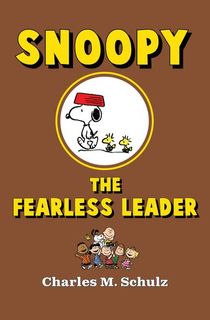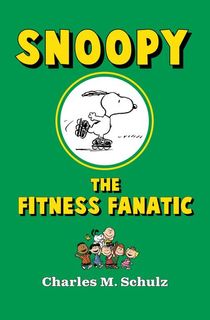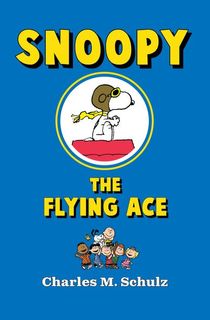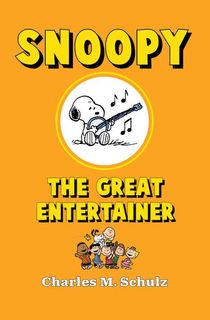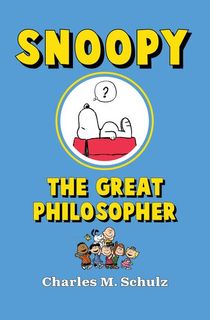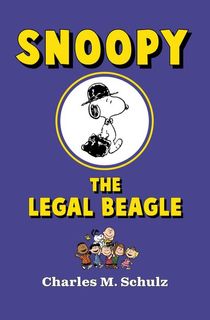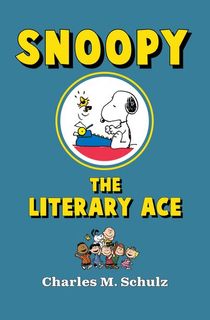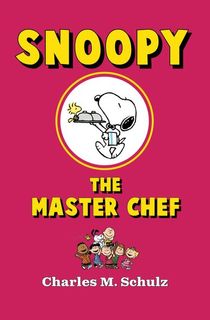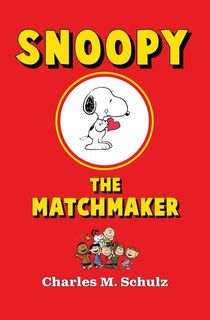On October 2nd, 2020, the famous and beloved Peanuts comic strip turns 70 years old. As many of us grew up with the lessons and laughs Charlie Brown and his friends gave us, this impressive anniversary is sure to be a day that sparks joy. But this cultural phenomenon actually boasts an interesting and influential history that is worth looking back on any day of the year.
It all began June 22, 1947: Charles M. Schulz, the writer and illustrator of what would one day become Peanuts, had a cartoon panel named Li’l Folks run weekly in his local newspaper, the St. Paul Pioneer Press. This comic shared very basic details with Schulz’s later and more popular work—including a boy named Charlie Brown and a dog vaguely resembling Snoopy. This single panel comic strip ran for three years, until an extended and fleshed-out four-panel comic of Schulz creation began to run across seven different newspapers under the new name Peanuts.
In 1950, Peanuts was a daily comic strip featured in the Minneapolis Tribune, The Washington Post, the Chicago Tribune, The Denver Post, The Seattle Times, and Pennsylvania’s Evening Chronicle and Globe-times. The notable main character of Charlie Brown made his appearance from the get-go, but many of the other characters that captured reader's hearts were introduced slowly over time. The musically prodigious Schroeder was introduced in 1951; the brash Lucy appeared in 1952; “Peppermint” Patty first made an appearance in 1966, and Marcie made her debut even later, in 1971.
Peanuts is well-known for its simple and minimalistic style—an artistic choice that was allowed to flourish due to Schulz’s self-sufficiency. As Schulz maintained singular control over every aspect of production all the way down to the lettering, it allowed for his strong voice to highlight the subtle quirks and specificities of his world. However, the sleek and bare-bones art of the early comics evolved a bit, cementing the easily recognizable characters of the comic into the heart of pop culture.
Many consider the 1960s to be the golden age of the Peanuts comic strip. The comic is noted for being one of the more socially forward strips at the time, featuring an African-American boy named Franklin and framing female characters as capable and confident. By the end of this decade, Peanuts was the most widely read comic strip in American history. Schulz didn’t let that go to waste, using his comic to empathize with troops in a draft he opposed, and to comment on changing issues within schools like dress codes and math.
It was in 1965 that the reach of Peanuts expanded even further with the premiere of the very first television special based on the comic strip: A Charlie Brown Christmas. The special was an immediate hit, and received high critical praise alongside an Emmy and a Peabody Award. But even greater than industry awards, the special left a deep mark on American culture, and continues to be played on TV every holiday season.
With the incredible success of this animated holiday special, how could the franchise resist the draw of producing more? Between 1965 and 2011, the Peanuts have spawned 45 animated specials, including other holiday favorites like It’s the Great Pumpkin, Charlie Brown and educational hits like This is America, Charlie Brown.
But Peanuts has permeated American culture even deeper than just some of the most iconic and profitable comics and television specials in our country’s history. Since 1968, Peanuts characters including Snoopy, Woodstock, and Charlie Brown himself have been featured as giant helium balloons in the annual Macy’s Thanksgiving Day Parade broadcasted live from New York City. NASA has hailed Snoopy as their mascot for astronaut safety for over 50 years, handing out Silver Snoopy awards to employees and contractors promoting flight safety.
Peanuts characters have even been hand in hand with the Gospel by the likes of Christian minister Robert L. Short, as he believes the themes of the strip tie-in closely with religious theology.
From the 1970s through the 1990s, creator Schulz continued to maintain complete control over his strip. Over the years, he experimented with panel length, letter size, and even abandoned some notable characters like Pig-Pen and Violet. Still, even with the soaring popularity of rival comics like Garfield in the newspapers, Peanuts still reigned as history’s most popular comic strip. It wasn’t until Schulz announced his retirement in December of 1999 that the unstoppable and growing success of the comic would, in part, come to a close.
Charles M. Schulz died on February 12th, 2000. The next day, the very last installment of the Peanuts was published, making sure that the legacy of Schulz voice and work were never put into someone else’s hands. Since then, the comic has run old panels in newspapers, keeping the old favorite alive.
Even if someone isn’t a fan of the Peanuts franchise, the comic strip is a facet of America’s artistic history that everyone knows. From the short and punchy humor of the comics to the garbled adult voices of the television specials, the Peanuts is a cornerstone of American popular culture. But why is Schulz’s work so affecting?
Pleasant and simple on the surface, Peanuts actually offers a deeply nuanced psychological angle. The characters and problems in the series are deeply relatable, especially during the formative years of childhood and adolescence. Schulz tackled the things that plagued the heart of society—the things that we were all scared to talk about—and he made vulnerability something that felt natural and warm. More than a moral backbone, Peanuts offered a sense of solidarity and peace to its readers.
The Peanuts can be seen in amusement parks, video games, documentaries, and even stage musicals. The comic strip and its creator have won numerous awards, including the National Cartoonists Society Humor Comic Strop Award and the Elzie Segar Award. But the Peanuts can be most noted for shaping the future of comics, art, and popular culture, and providing readers with a friendly guiding hand that stays with them forever.
Keep Reading: 10 Classic Dilbert Comic Collections to Get You Through a Boring 9 to 5
Featured photo from A Charlie Brown Thanksgiving, via United Feature Syndicate

